IBM Flash System 7200
The IBM Flash System 7200 Control Enclosure has two clustered, hot-swappable node canisters that contain hot-swappable fan modules, memory DIMMs, batteries, and PCIe adapters. The enclosure also houses two AC power supplies that are redundant and hot-swappable. Concurrent code load enables applications to remain online during firmware upgrades to all components, including the flash drives.
Rebuild Areas A rebuild area is equivalent capacity to a single drive. The more rebuild areas you have the more drives that can fail one after another. Once a drive has been replaced, the data then gets copied back from all the spare spaces to the replaced drive, so this is another case of writing to a single drive which can take some time. The copy back time needs to be taken into account, replacing a drive doesn’t immediately give you back the redundancy.
At the moment, Distributed RAID on Storwize cannot make use of “global spares”. The DRAID itself has a spare (rebuild area), no need to assign a dedicated SSD as a spare, instead add all the SSDs into the pool.
Disk Expansion DRAID Expansion allows us to dynamically add one or more drives and increase the drive count of an existing in use DRAID array. The expansion process is dynamic, and non-disruptive. New drives are integrated and data is re-striped to maintain the algorithm placement of strips across the existing and new components.• All pools and volumes remain online and available during the expansion.
- Between 1 and 12 drives can be added in a single operation or task.
- Only one expansion task can be in progress on a given DRAID array at any point in time.
- Only one expansion is permitted per storage pool at any point in time.
- New drives can be used to increase the number of spare areas.
- Only add drives that match the same capability as those already in the DRAID array.
- Only the component count, or number of spare areas can be increased.
- Expansion does not allow you to change the stripe width or geometry.
During the expansion, the idea is to minimize the impact to the end user application. The expansion is a background task that will take many hours to complete. The exact time will be dictated by how busy the DRAID array is during the expansion, the performance and capacity of the drives.
As the expansion will take some time to complete, the new free space is drip fed into the pool. Therefore, during the expansion, you will see the pool capacity gradually increase until the expansion is completed.
What happens if a drive fails during expansion?
The rebuild takes priority. Wherever the expansion has got to, it pauses, begins the distributed rebuild of the missing strips onto one of the spare areas and continues until the rebuild completes. Only when the rebuild is finished, the DRAID array is online (not degraded) will the expansion process resume.
Note that the expansion does take priority over the build-back. Build-back is the final stage that a DRAID array requires when you replace the failed drive, where is copies the data back from the distributed spare areas onto the replacement drive to re-establish the original algorithmic layout.
One at a time, or all at once? The process of expanding the RAID array requires all existing data in the array to be moved around so that it is striped across the new set of drives. The amount of work required to complete the expansion is the basically the same whether you add one drive or 12 drives. If you have multiple drives to add to an array – add them in batches. It will take much less time to do it this way than to do it one at a time.
-
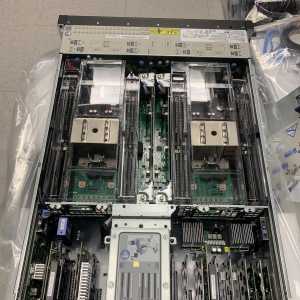 IMG_7808
IMG_7808
-
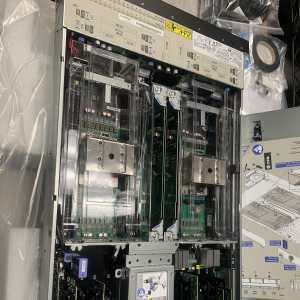 IMG_7809
IMG_7809
-
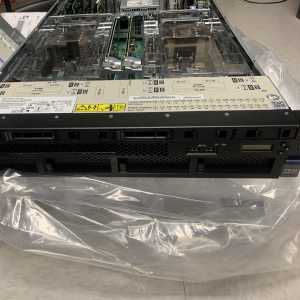 IMG_7810
IMG_7810
-
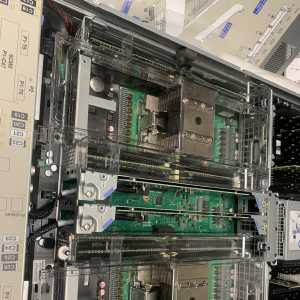 IMG_7811
IMG_7811
-
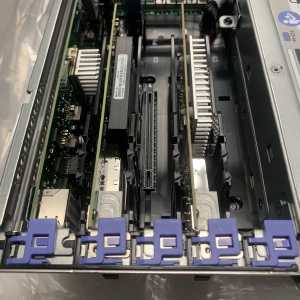 IMG_7812
IMG_7812
-
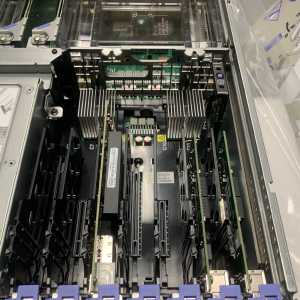 IMG_7813
IMG_7813
-
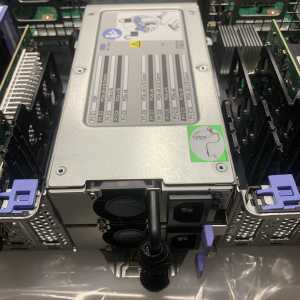 IMG_7814
IMG_7814
-
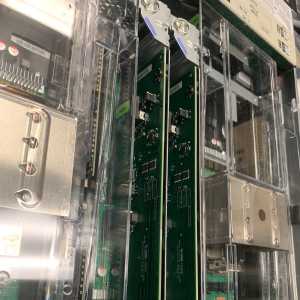 IMG_7815
IMG_7815
-
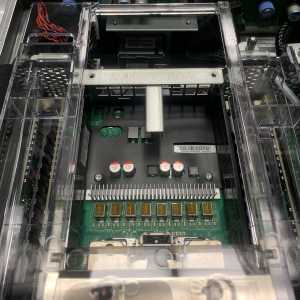 IMG_7816
IMG_7816
-
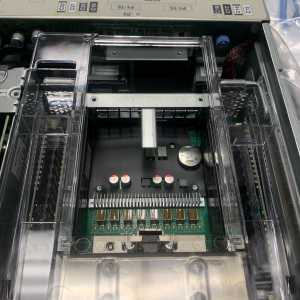 IMG_7817
IMG_7817
-
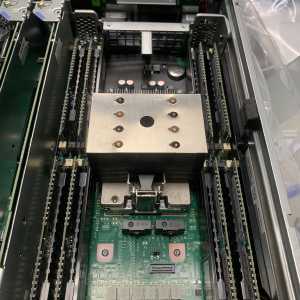 IMG_7818
IMG_7818
-
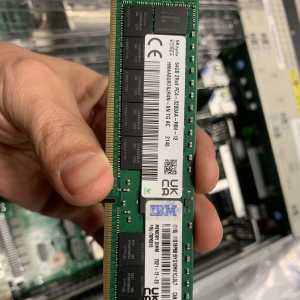 IMG_7819
IMG_7819
-
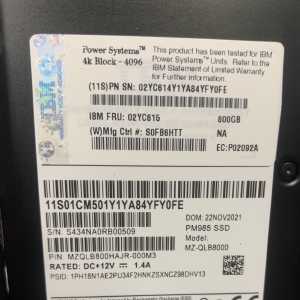 IMG_7820
IMG_7820
-
 IMG_7821
IMG_7821
-
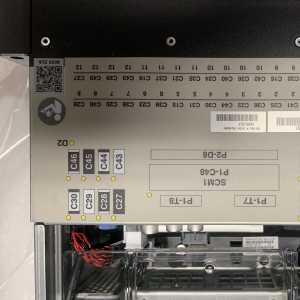 IMG_7822
IMG_7822
-
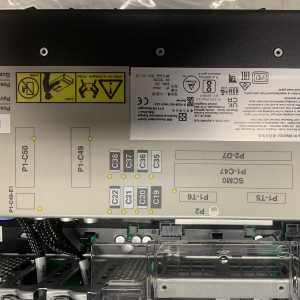 IMG_7823
IMG_7823
-
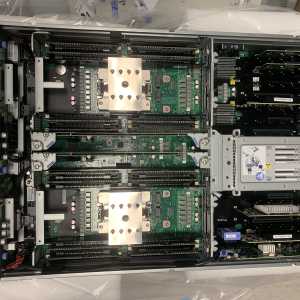 IMG_7824
IMG_7824
-
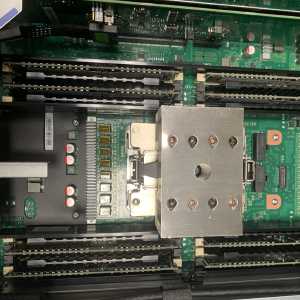 IMG_7825
IMG_7825
-
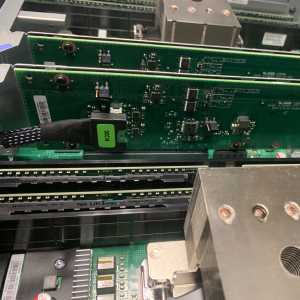 IMG_7826
IMG_7826
-
 IMG_7827
IMG_7827
-
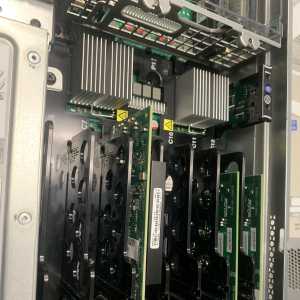 IMG_7828
IMG_7828
-
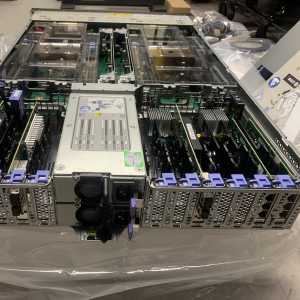 IMG_7829
IMG_7829
-
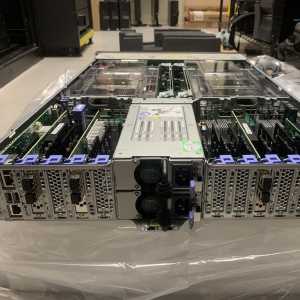 IMG_7830
IMG_7830
-
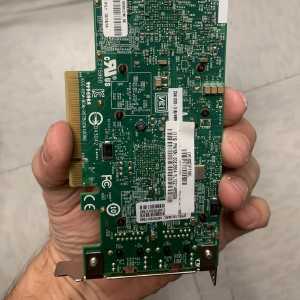 IMG_7831
IMG_7831
-
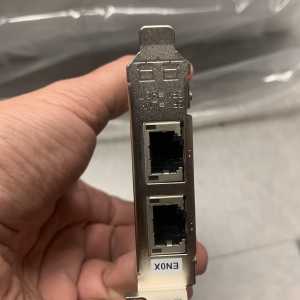 IMG_7832
IMG_7832
-
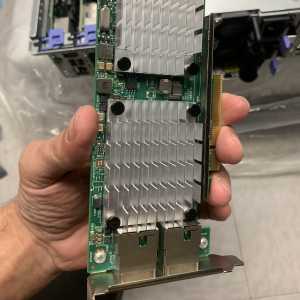 IMG_7833
IMG_7833
-
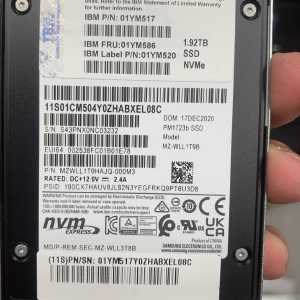 IMG_7834
IMG_7834
-
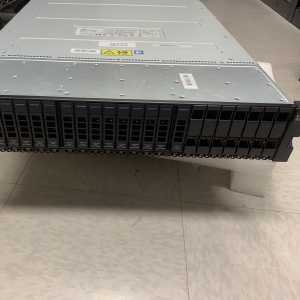 IMG_7835
IMG_7835
-
 IMG_7836
IMG_7836
-
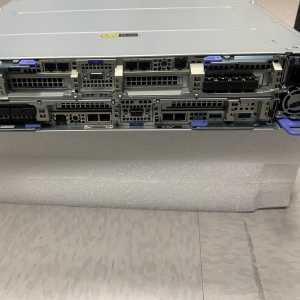 IMG_7837
IMG_7837
-
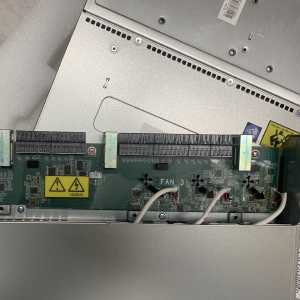 IMG_7838
IMG_7838
-
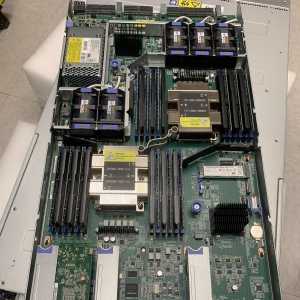 IMG_7839
IMG_7839
-
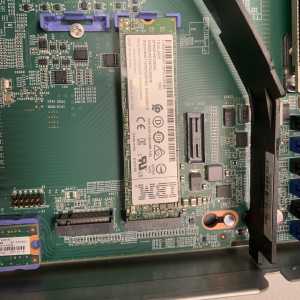 IMG_7840
IMG_7840
-
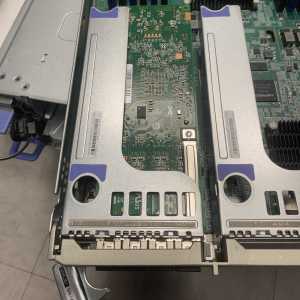 IMG_7841
IMG_7841
-
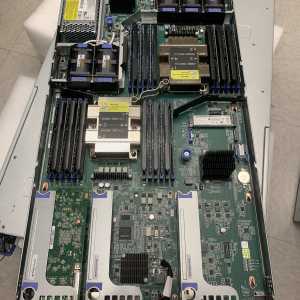 IMG_7842
IMG_7842
-
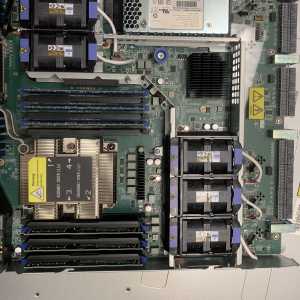 IMG_7843
IMG_7843
-
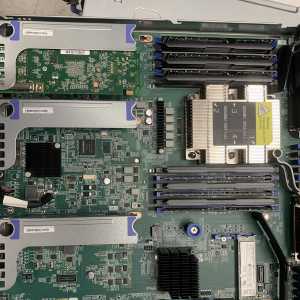 IMG_7844
IMG_7844
-
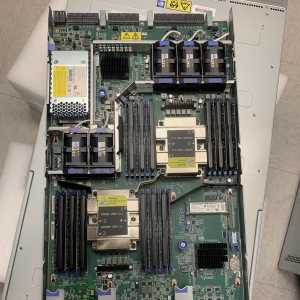 IMG_7845
IMG_7845
-
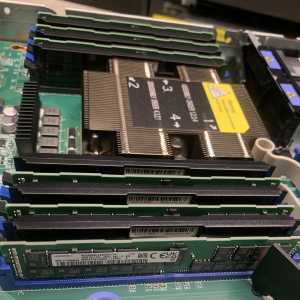 IMG_7846
IMG_7846
-
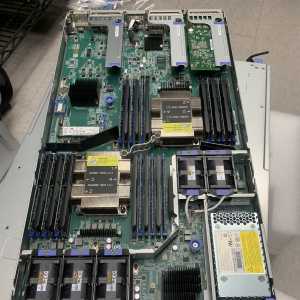 IMG_7847
IMG_7847
